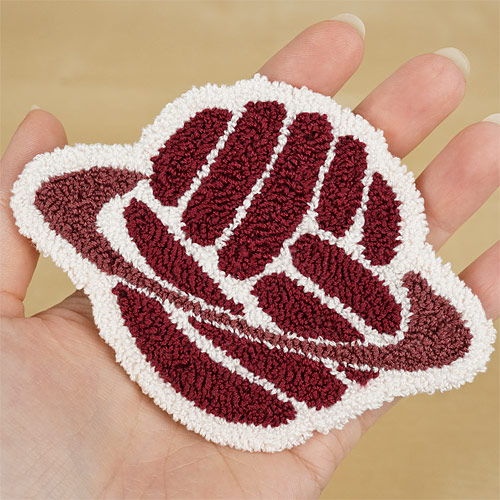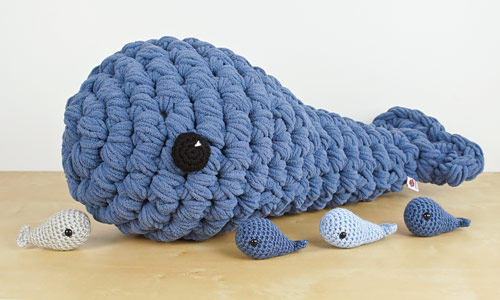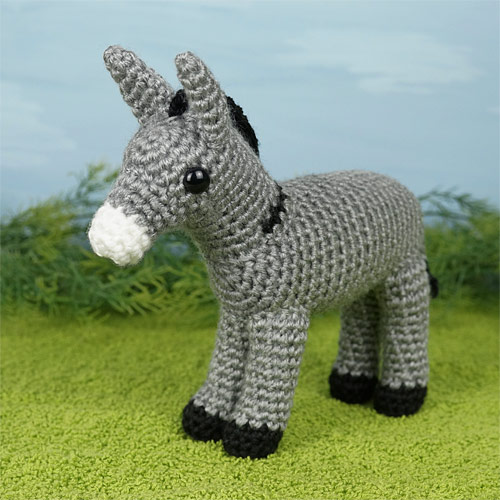
I’m so happy to see punchneedle embroidery starting to get more popular (finally!) and thought it was about time I dust off my needle and start some new embroideries of my own. Although it’s mostly the large rug-punch style that’s trending right now, it’s miniature punchneedle embroidery – worked with a smaller tool and standard […]

















